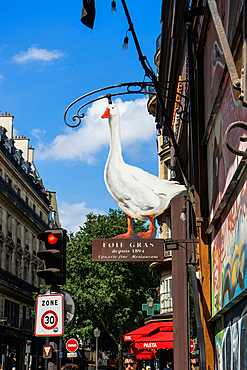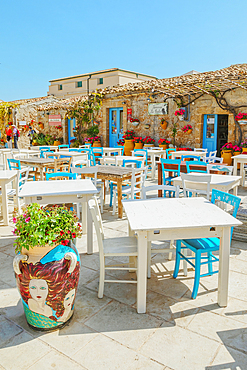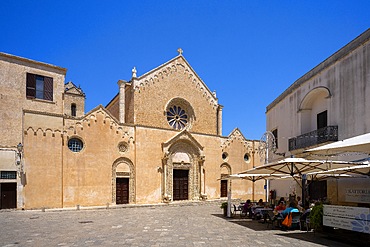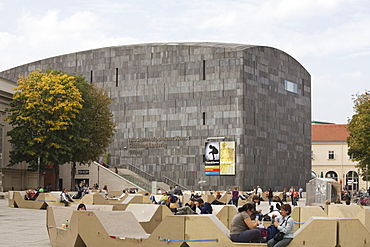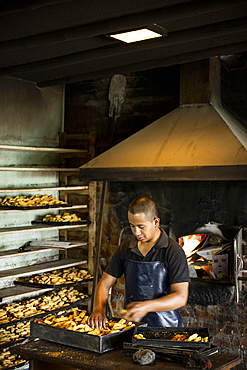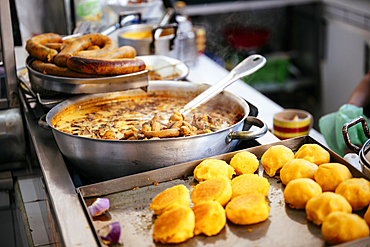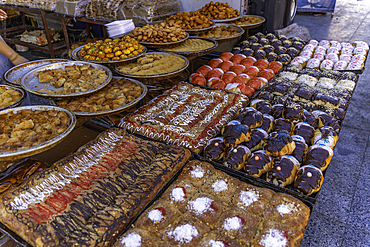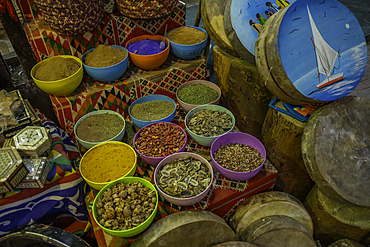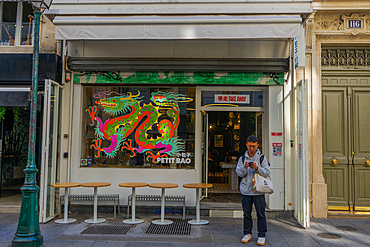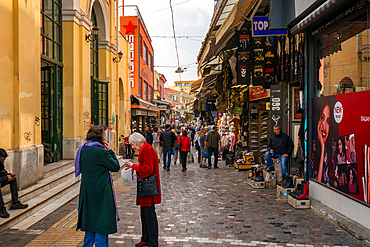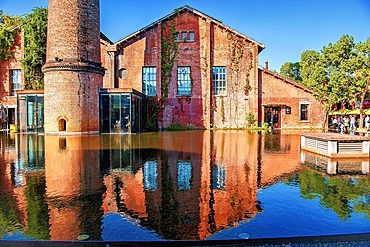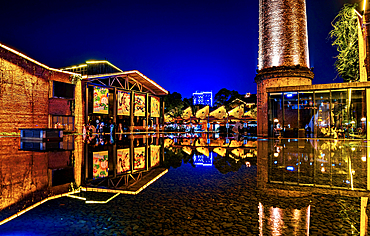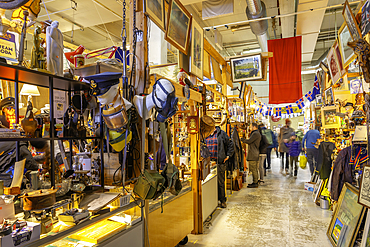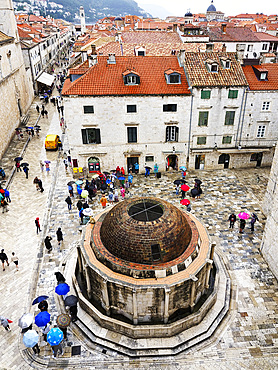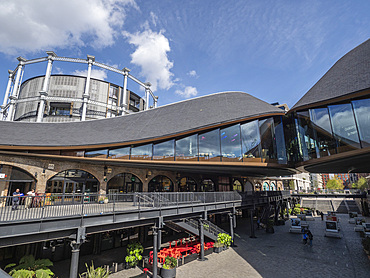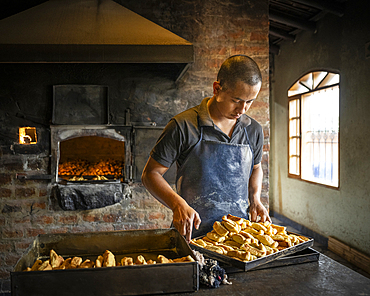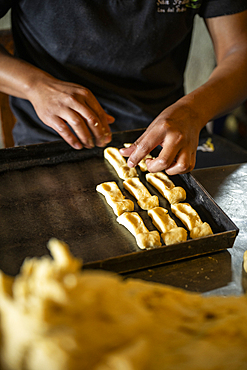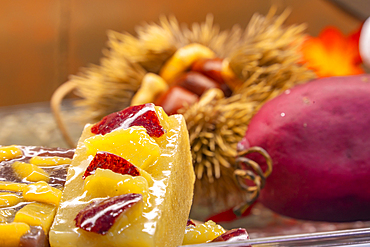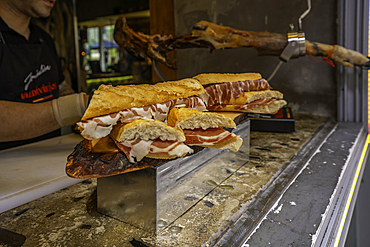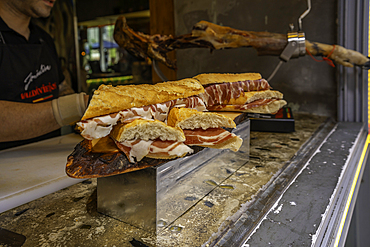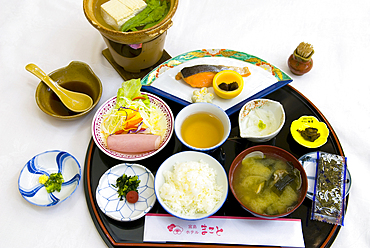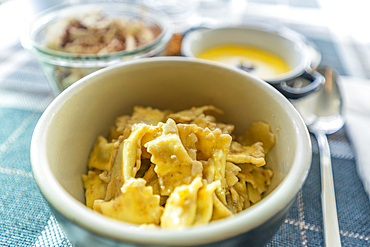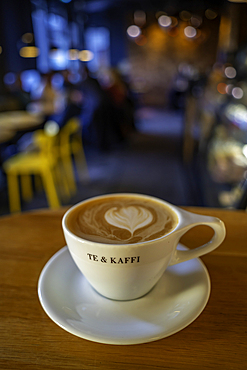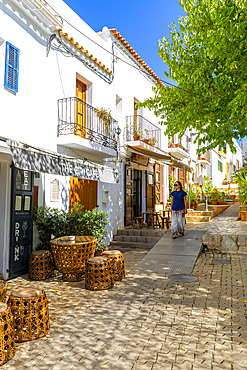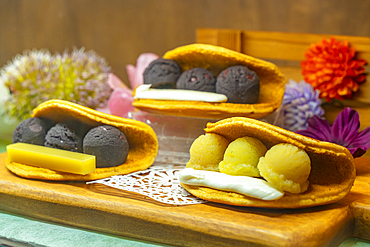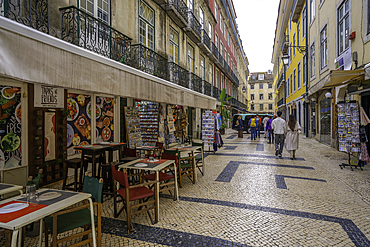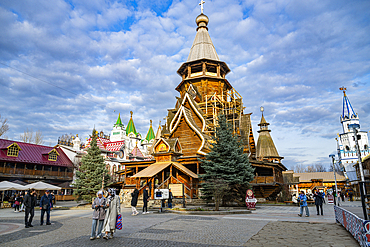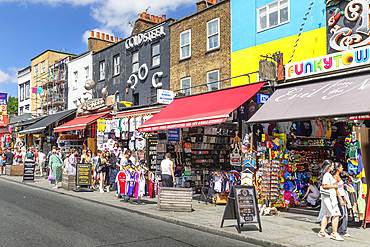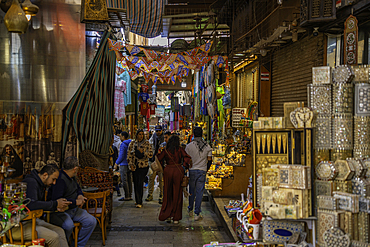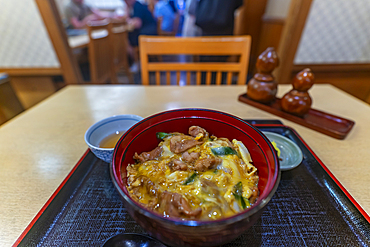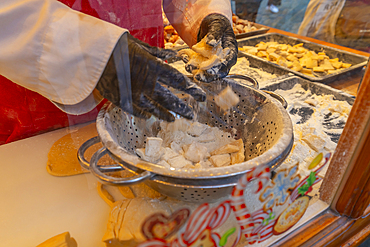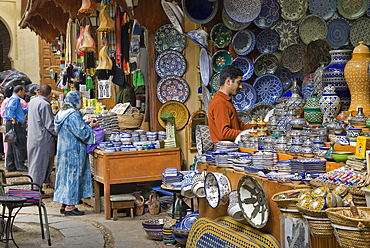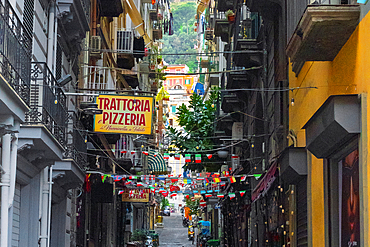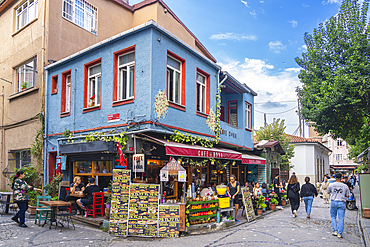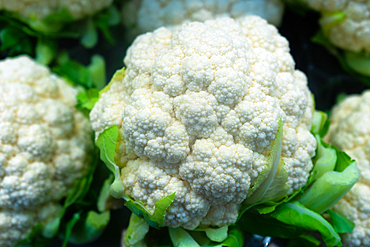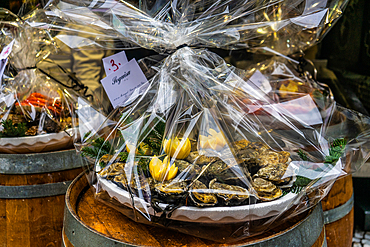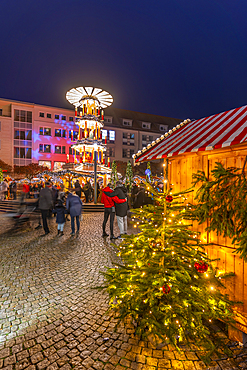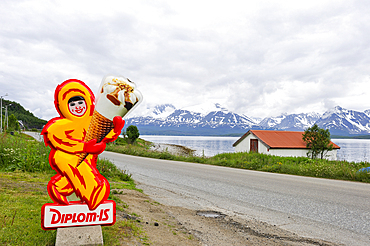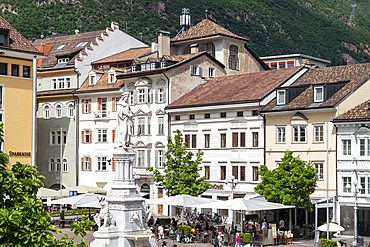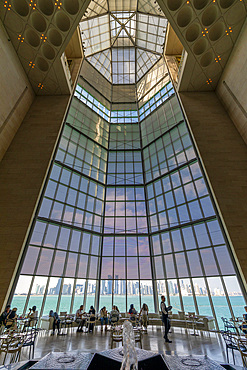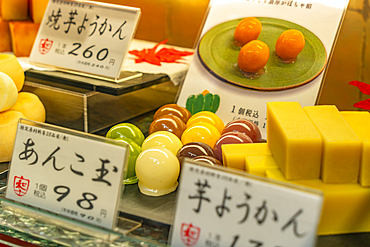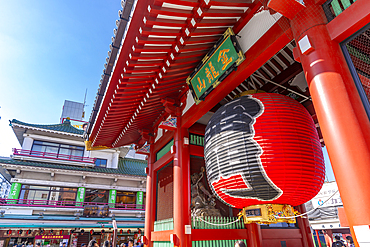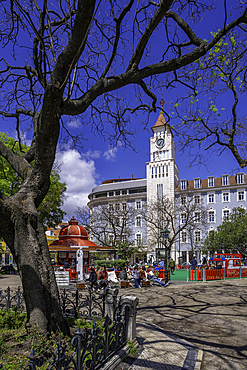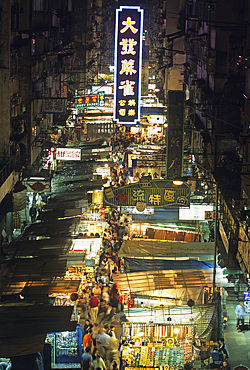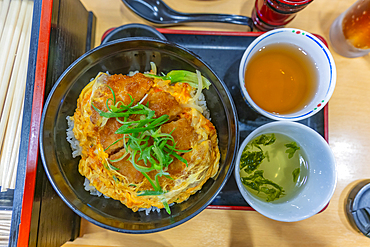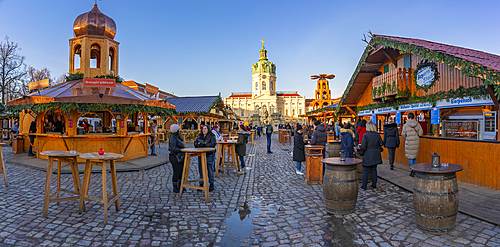Results
1 2 Next »
129 results found
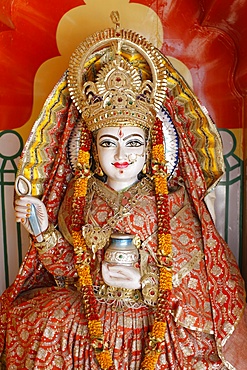
Statue of the Hindu goddess Annapurna (Parvati) giving food, Lakshman temple, Rishikesh, Uttarakhand, India, Asia
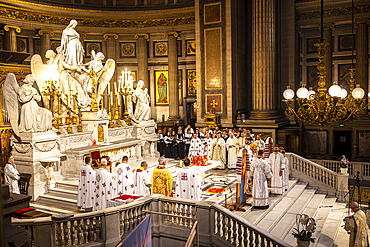
Liturgy commemorating victims of the 1932-1933 Holodomor (Famine) and Russian-Ukrainian war started 2014, Madeleine Basilica, Paris, France
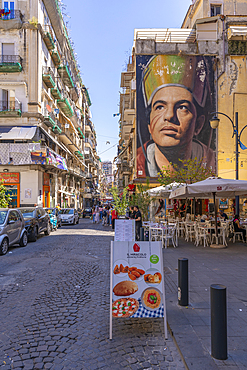
View of cafes and San Gennaro di Jorit Agoch on bustling Via Forcella, Naples, Campania, Italy, Europe

Filling a dumpling with egg batter as it is fried, Song Yuan market, Quzhou City, Zhejiang Province, China

View of wooden rice buckets in the Higashi Chaya District, Kanazawa City, Ishikawa Prefecture, Honshu, Japan

Memorial to the 15th century theologian and philosopher Jan Hus, Old town Square during a popular festival, UNESCO World Heritage Site, Prague, Bohemia, Czech Republic (Czechia), Europe
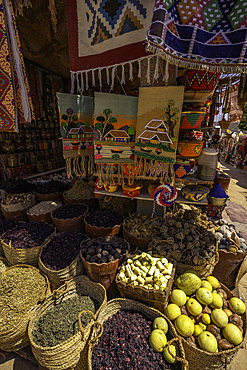
View of colourful market stalls at Nagaa Suhayl Gharb on the Nile river near Aswan, Aswan, Nubia, Egypt, North Africa, Africa
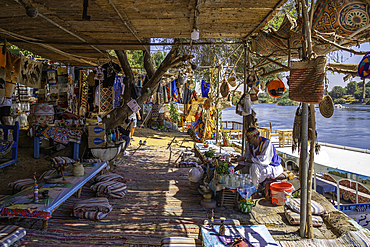
View of colourful souvenirs at Star Coffe Nubian on the Nile river near Aswan, Aswan, Nubia, Egypt, North Africa, Africa

View of chefs busy at work through restaurant window in Omicho Market, Kanazawa City, Ishikawa Prefecture, Honshu, Japan
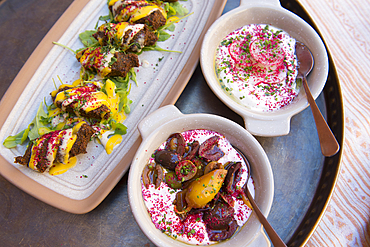
Dish in the restaurant of Dar Tantora The House Hotel, a renovated original mudbrick village in the oasis of AlUla, Medina Province, Saudi Arabia

Local vendors chat, and stalls with array of colourful goods, in the vibrant marketplace of Nazare, Oeste, Estremadura, Portugal, Europe
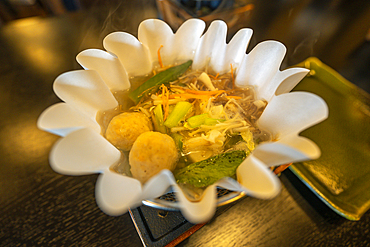
Dish portion of traditional Japanese noodle soup and dumplings, ramen with wild vegetables, Tokyo, Honshu, Japan
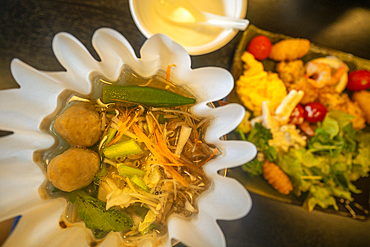
Dish portion of traditional Japanese noodle soup and dumplings, ramen with wild vegetables, Tokyo, Honshu, Japan
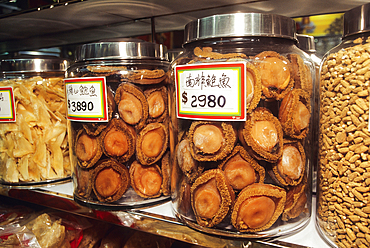
In Chinese speaking regions, abalones are considered a luxury item, and is traditionally reserved for special occasion,dry-food shop in Chinatown,Hong-Kong Island,People's Republic of China,Asia
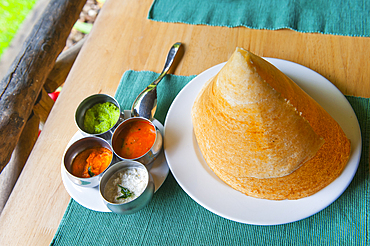
'Dosa' (crepe) served at the restaurant of Spice Village Resort, Kumily, Kerala state, South India, Asia
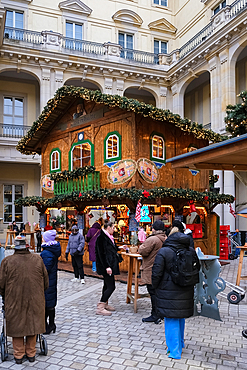
View of the Christmas market at Humboldt Forum, with festive stalls, twinkling lights, and historic Baroque architecture, Berlin, Germany
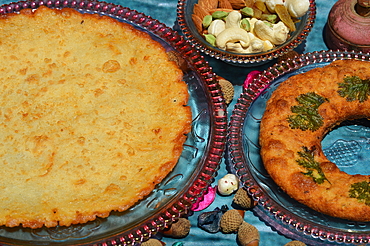
Babru bhalla, malpua traditional snack dishes, sweet item for festivals and marriages, Mandi, Himachal Pradesh, India, Asia
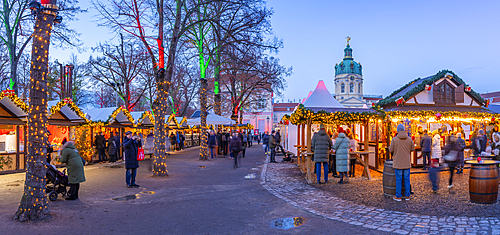
View of Christmas market at Charlottenburg Palace in Schloss Charlottenburg at dusk, Berlin, Germany
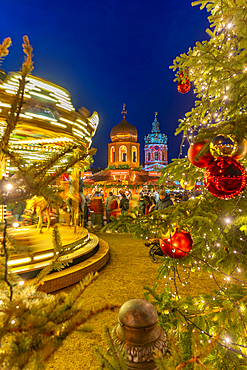
View of Christmas market at Charlottenburg Palace in Schloss Charlottenburg at dusk, Berlin, Germany
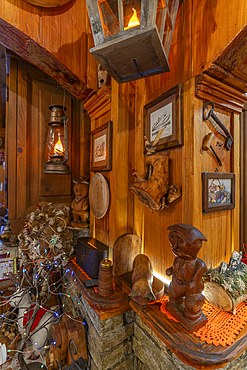
Interior view of typical wooden chalet cafe in Entreves in winter, Entreves, Aosta Valley, Italian Alps, Italy

Banh Mi sandwich, close-up of traditional Vietnamese baguette filled with pate, meat and vegetables, Ho Chi Minh City, Vietnam
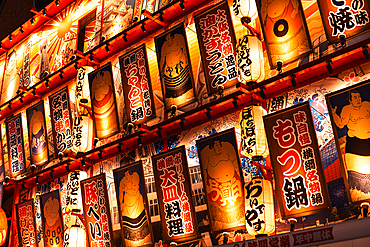
Japanese Restaurant in the Shinsekai, Osaka, Kansai, Japan. Illuminated sumo paintings and other cultural remarks
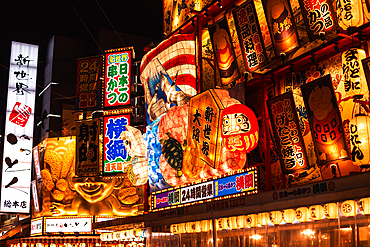
A vibrant, illuminated Japanese signboard featuring traditional japanese paintings and cultural remarks Shinsekai, Osaka, Kansai, Japan
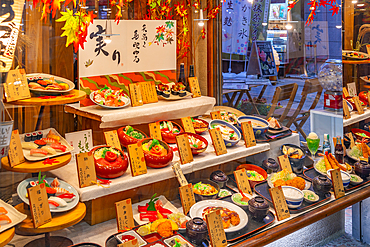
View of traditional Japanese dishes on display in shop window, Asakusa, Taito City, Tokyo, Honshu, Japan
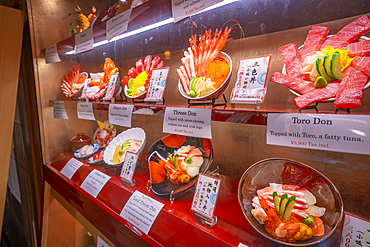
View of colourful frontage of restaurant in Omicho Market, Kanazawa City, Ishikawa Prefecture, Honshu, Japan
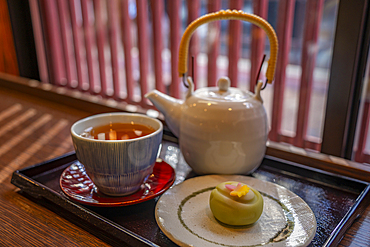
View of Mochi, traditional Japanese confectionery and tea in the Higashi Chaya District, Kanazawa City, Ishikawa Prefecture, Honshu, Japan
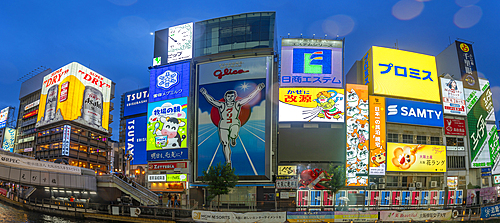
View of Glico sign of Dotonbori, vibrant entertainment district near the river at dusk, Osaka, Honshu, Japan
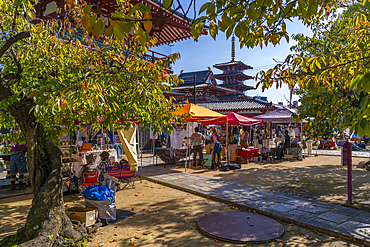
View of market stalls and Shitenno-ji Gojunoto (Five Story Pagoda) on a sunny day, Shitennoji, Tennoji Ward, Osaka, Honshu, Japan
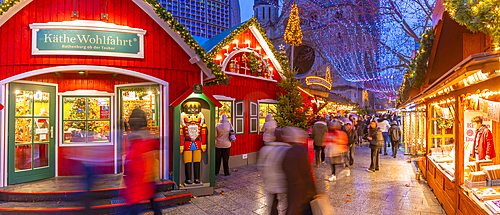
View of Christmas market stalls with Kaiser Wilhelm Memorial Church behind, Breitscheidplatz, Berlin, Germany
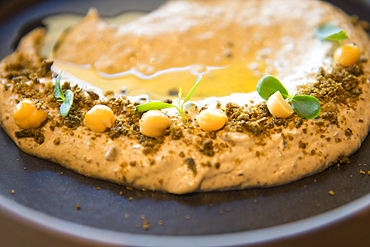
Dish of Olive Hummus served at Harrat restaurant of Banyan Tree AlUla, Medina Province, Saudi Arabia
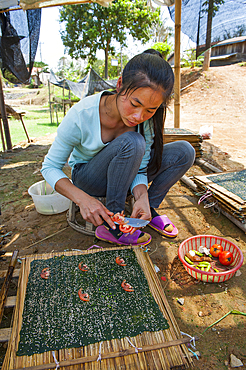
Young woman making Kai Paen, dried river weed sheets sprinkled with sesame seeds, thinly sliced tomatoes and garlic, northern Laos
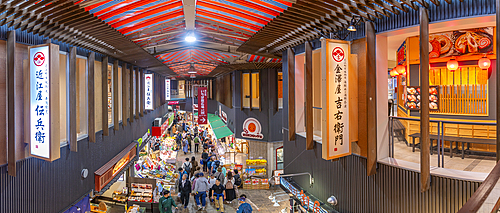
Elevated view of stalls and people in Omicho Market, Kanazawa City, Ishikawa Prefecture, Honshu, Japan
